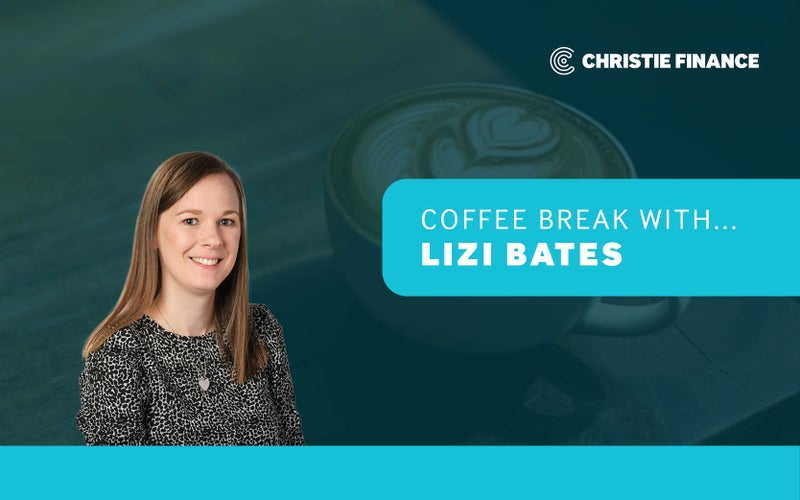Care Home Finance: A Landscape View
By Jimmy Johns, Director, Christie Finance
There are various reasons why operators raise finance, this could be to enter the market, restructure current debt, or refinance to buy or improve current assets owned. In most instances, the process of raising finance can be stressful and frustrating, so it’s important to understand the appetite and risk process lenders will go through. The pillar to getting funding is a ‘cost versus income’ basis.
Costs
Since the start of 2022, the funding market has been impacted by changes; whether it is the war in Ukraine, escalating inflationary pressure, or governmental decisions which sent seismic shocks through the economy. These macroeconomic factors are having a real-term effect on the care sector, resulting in increased costs, staffing issues, supply chain issues, the list goes on. Ultimately, this puts pressure on margins that operators have been able to achieve, and, to rebalance this, many have had to increase fees where possible.
With the increases in national living wages, rising wage costs, and staffing challenges, with further pressures to come as strikes around wage increases continue, many operators are paying a premium to retain quality staff as well as providing forms of incentives or profit-sharing schemes. They are also looking at recruitment solutions such as pairing with foreign colleges offering job opportunities to overseas students, and applying for licenses to recruit from abroad.
We also continue to see restrictions around the labour force, with days still being lost due to COVID or recruitment, meaning a reliance on agency staff which comes at a price. According to a sentiment survey published by Christie & Co in their Care Market Review 2022 report, 52% of operators have said they use agency staff widely.
Utilities have increased exponentially; we have seen this increase five times, in certain cases. Some operators are still benefiting from fixed energy contracts, however, over the next few years, these will come to an end. Lenders, on average, will look to multiply energy costs shown on Annual Accounts by three times to allow for this cost pressure.
Debt costs have increased mainly due to the rapid increase in the Bank of England base rate, which has moved from a historically low interest rate of 0.25% to a more realistic level of 4.25%. Thankfully, the margins that banks charge over base have remained largely unchanged. This has caused operators to look at ways to reduce this line of costs in order to aid cash flow, but any debt restructuring is likely to increase long-term interest costs.
When looking at raising finance, these cost lines will be analysed carefully, which is why sometimes reaching maximum loan-to-values can be hindered due to reduced profit margins.
Income
Improving fee income is far more challenging in the care sector than in others, as local competition, demographics, and negotiation with local authorities can be fraught, with those authorities being forced to work within tightening budget restrictions.
The quality of an operator’s offering can limit the level of an average fee or further increase. Physical size and space of an asset, provision of en-suites, room sizes, outside space, and social areas will all impact the level of achievable weekly fees and this has led to a large disparity of fee increases throughout the country; from 3.1% to 12.8%, with a UK average of 5.4% according to Christie & Co Business Outlook 2023 data.
Investment into the fabric of your properties can pay dividends, allowing the ability to increase fees to a premium level. If possible, adding rooms should be an easy way to increase income directly to the profit line. However, this could be the largest of cash outlays which is also directly impacted by inflationary rises.
Raising finance for any major project can be money well spent and a good reason to approach the funding market. Any approach for finance will need to be well-costed with clear financial forecasts as to the future income versus costs.
Loan to Value
Your first acquisition into the care sector will generally require more cash injection than future purchases, which will leverage against potential equity in your portfolio. Providing your business is running well, you should be able to push to the highest loan-to-value (LTV) on further acquisitions.
Factors that will impact LTV could be experience, quality of the asset or business, regulatory grade, and business performance.
The simplest way funders will manage risk is through the LTV of a transaction, therefore the higher the risk the lower the LTV. It is important to understand a lender’s maximum policy LTV, as this could restrict future growth.
Utilising an existing care portfolio’s value has been a successful way of expanding or re-investing. The trend for operators to acquire further homes by refinancing and raising capital to buy is becoming a popular way to acquire further homes or allow for upgrading their own stock.
Obtaining funding
There continues to be an appetite to fund transactions, which has remained consistent across the market. However, the face of the lender has changed, with newer banks often replacing the established high street banks whose loan book concentration impacts their ability to support new applications.
It is fair to say that operator margins have been eroded mainly by utility and debt costs, however, buyer appetite remains positive and strong, with regional and independent care providers making up 60% of Christie & Co transactions in 2022. This buoyancy has meant that offers are remaining close to their asking prices – where Christie & Co saw 97% in 2021, this rose to 101% in 2022.
Rising debt costs are hugely impacting the level of debt that can be achieved. This line is very difficult to influence as lender margins have remained level whilst the Bank of England base rate has increased. The future view is that the base rate at this current level is here to stay, with only minor variations up or down to manage inflation and changes in the micro and wider macro economy. This has meant that buyers have had to spread their net wider looking at a further distance from either their current portfolio or initial search requirements.
Approaching a lender, whether you are a first-time buyer or a seasoned operator, can be daunting. However, if the decision to raise finance is going to benefit your business or your plans to acquire and grow, then with the right approach and with a robust business case, there will be funding available.
The focus of any application has to be the quality of the operator/owners alongside the forecast and management of cost increases. When seeking funding, all of the above needs to be factored into any decision to approach a lender, as they will certainly be analysed by Bank Managers, Underwriters whilst influencing lenders’ policies.
For more on the care home finance market, contact Jimmy Johns, Director:
Jimmy Johns
E: jimmy.johns@christiefinance.com
T: 07711 767 593









